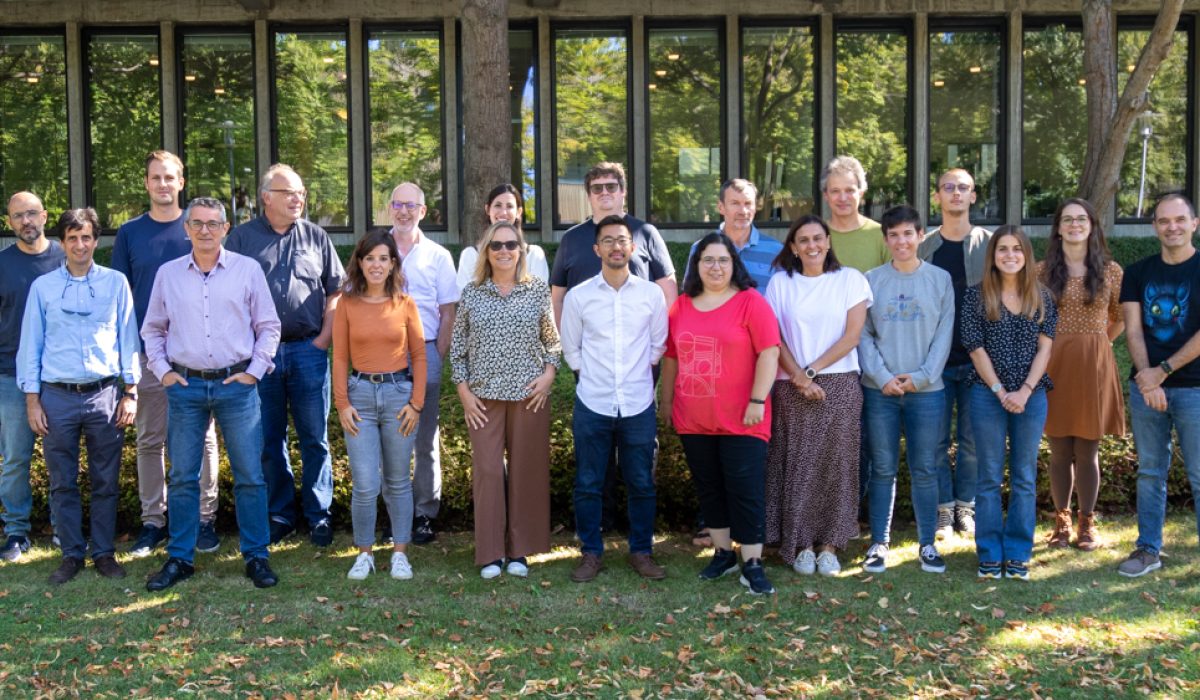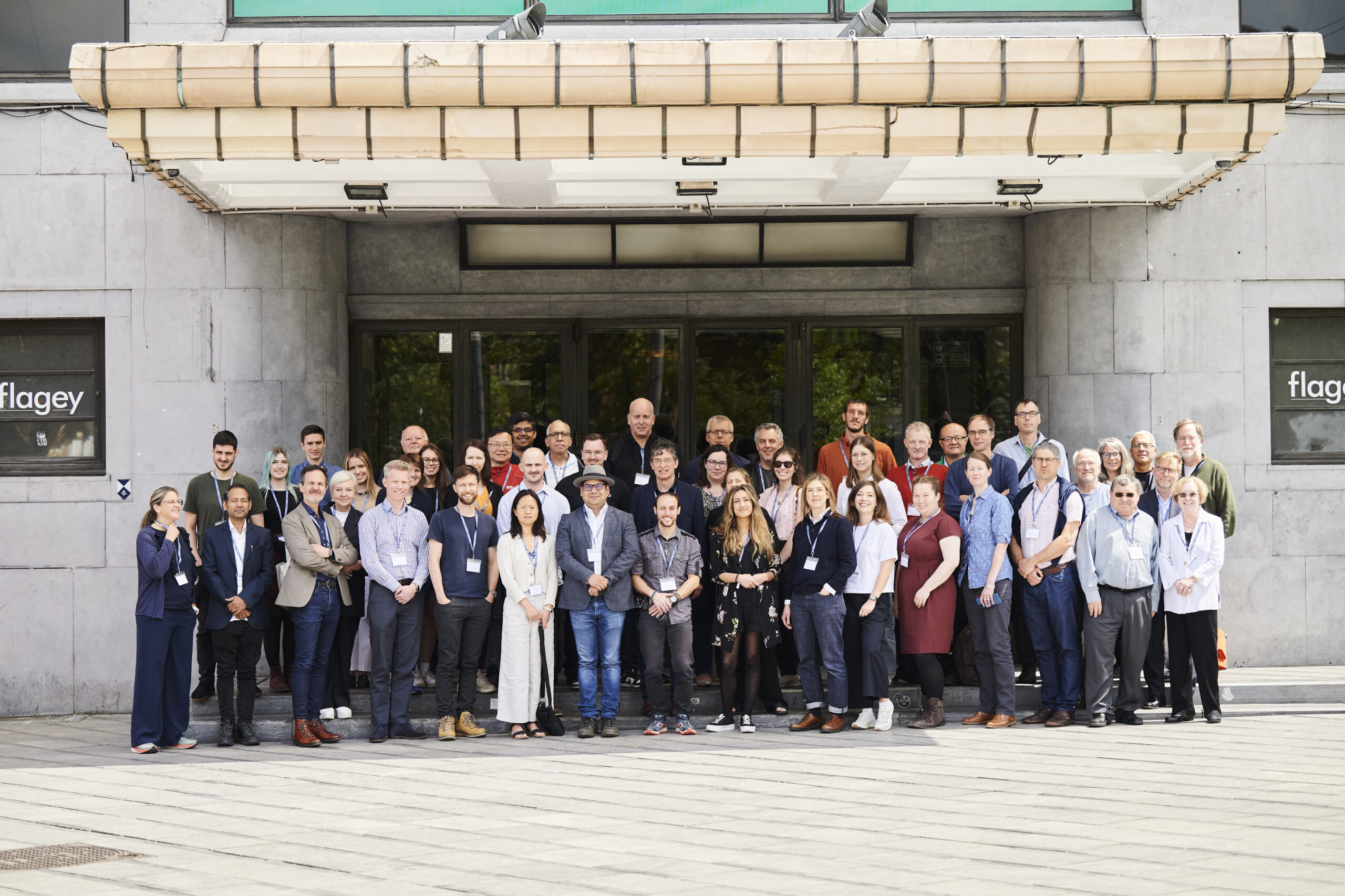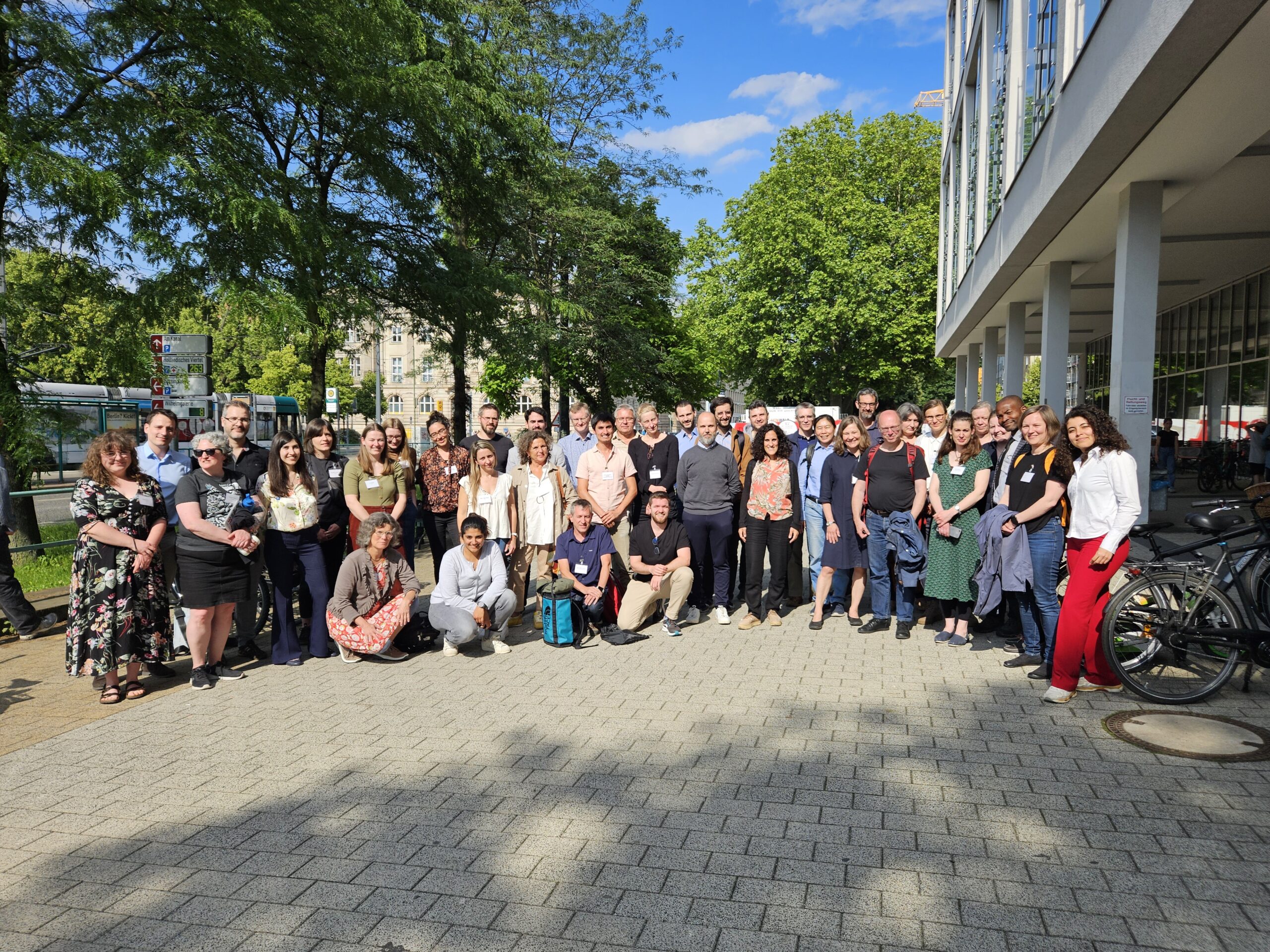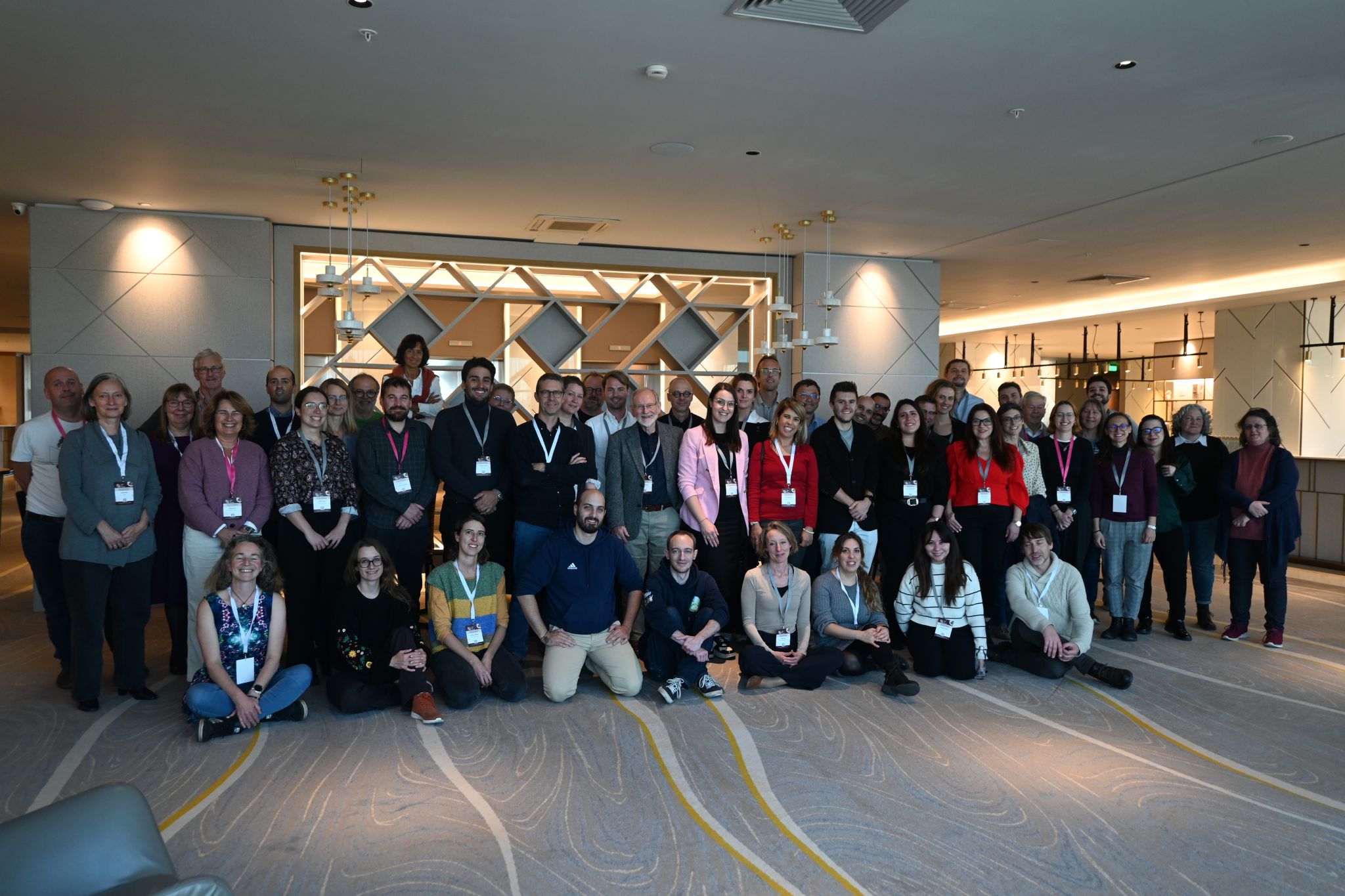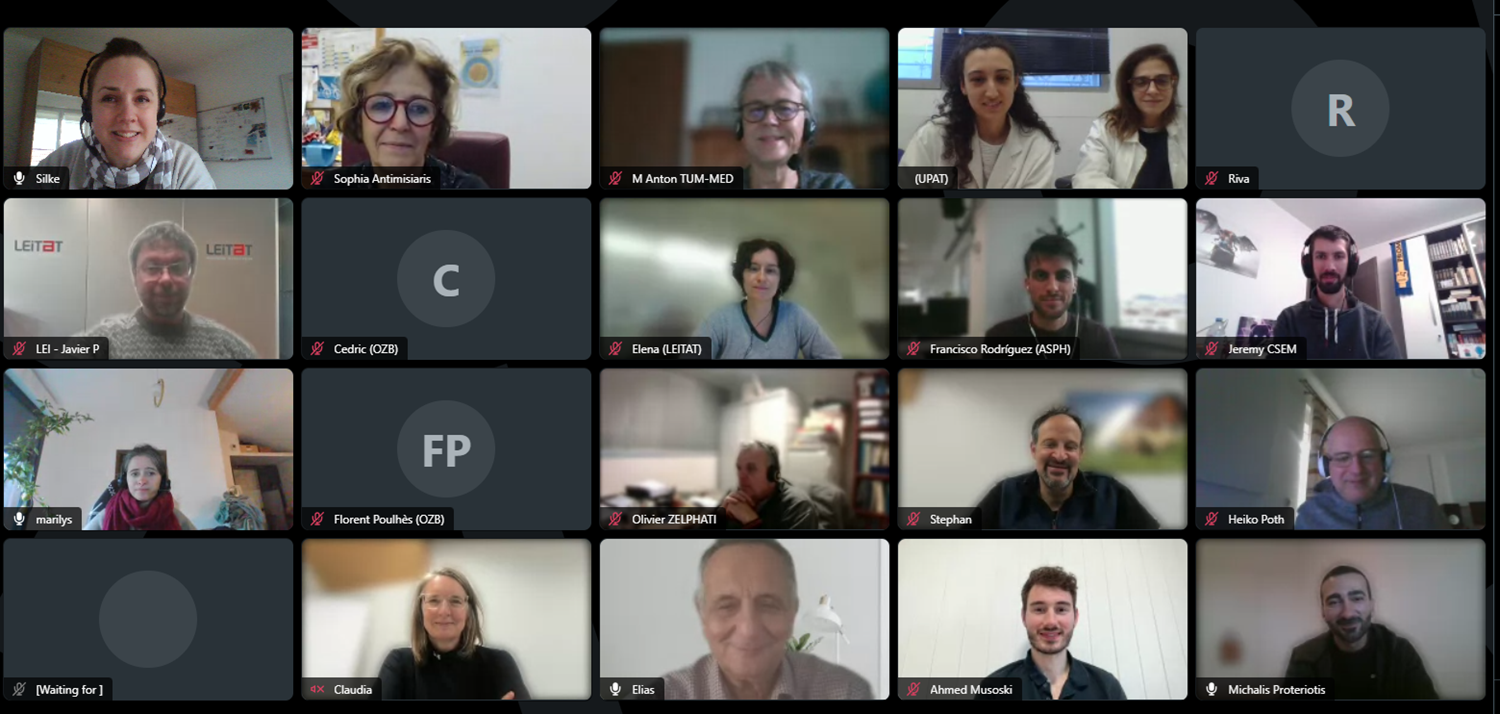The consortium of the StretchBio project, consisting of 5 partners, gathered on April 24, 2024, in an online meeting to discuss key advancements and future steps in developing a nanosystem to monitor mechanical stresses in fresh tissue biopsies, enabling advanced cancer drug screening and personalized medicine approaches.
The review meeting began with a project overview, outlining key outcomes and the rationale for modifying the workplan to optimize efforts. Discussions centered on the progress made in photonic crystal design, particularly focusing on the effect of nanopillar deformation on light transmission. Updates on fabrication emphasized enhancing light-guiding capabilities and improving tissue adhesion through surface modifications. Compatibility studies confirmed the viability of tissue survival in 3D cultures and surgical samples, with a new optical setup developed to improve the sensor array performance.
Validation milestones included successful proof-of-concept demonstrations for ex-vivo tissue monitoring and integration with genetically engineered tissues. The meeting also covered communication, dissemination, and exploitation strategies, reinforcing the project’s outreach and commercial readiness. The session concluded with discussions on the grant amendment, insights from the Innovation Radar, and feedback from the European Commission to guide future progress and maximize impact.
Leitat shared results from studies conducted on different lung cancer cell lines to test the biocompatibility and adhesion of treated devices, including nanopillars that closely resemble the ones to be used in the final design of the StretchBio system.
The studies showed that lung cancer cell lines exhibited 100% viability after 5 days of culture on nanopillars, with satisfactory adhesion despite a slightly longer attachment time compared to standard culture flasks. The cells exhibited typical features of successful adhesion, such as filopodia development, cytoplasm flattening, and ruffling. This confirms that lung cancer cells can effectively adhere to Si nanopillars, setting the stage for future applications with the final StretchBio device.
Beyond the Meeting
The meeting took place online, providing an opportunity for virtual collaboration across the consortium members.
Follow the project at: StretchBio Project
